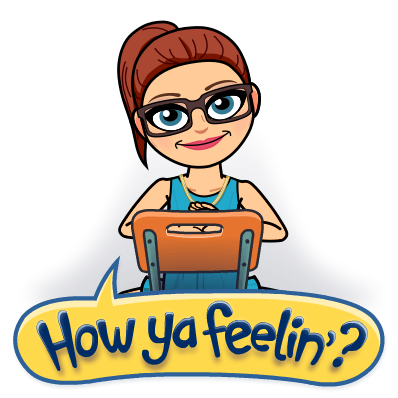Last week I introduced the concept of the SAMR model of technology integration and discussed the Enhancement levels of that model. This week we will finish discussing the model and think about technology as a transformation of the classroom.
Reinvention is the last level of the model. In this level, technology allows for the creation of new academic tasks that can’t be done without the use of the technology. This type of integration not only takes planning but effort and research. Reinventing the way that we think about activities and assessments requires more than just an urge to use the cool new thing we got at home in our classrooms. The reinvention level requires us to search for specific technology that can be used in the classroom and research the ways that it can help us achieve the standards to which we must hold our students. Examples of this kind of activity include Skype calls with other classrooms around the globe, virtual reality field trips with professionals to places inaccessible to most students, multimedia creations by groups using collaboration software and published online, and so many more that haven’t even been imagined yet. This level is the holy grail of technology integration. It is what we all strive to bring to the table. But it is not the type of integration that we can achieve every day in the classroom. It can only happen on specific occasions in the few instances we can manage to put that much effort and class time into making it happen.
 This model is designed to help educators not only identify what they have been doing but to help us reflect on our integration and move towards reinvention. It isn’t enough to bring technology into our classrooms anymore. We have to plan for it, execute it with our students, and reflect on how we can make it better the next time that we use it. Each time that we use technology in the classroom we need to put it in our lesson plans and make sure that the use is intentional. We need to be working towards both the student and educator ISTE standards and pushing our students to become the citizens that we need in the digital world in the future. We need to push ourselves to not only plan and think through the technology integration in our classrooms but we need to do so consistently to ensure that the technology we are using is purposeful and beneficial to our students and their future.
This model is designed to help educators not only identify what they have been doing but to help us reflect on our integration and move towards reinvention. It isn’t enough to bring technology into our classrooms anymore. We have to plan for it, execute it with our students, and reflect on how we can make it better the next time that we use it. Each time that we use technology in the classroom we need to put it in our lesson plans and make sure that the use is intentional. We need to be working towards both the student and educator ISTE standards and pushing our students to become the citizens that we need in the digital world in the future. We need to push ourselves to not only plan and think through the technology integration in our classrooms but we need to do so consistently to ensure that the technology we are using is purposeful and beneficial to our students and their future.
Next week I will start to break down, analyze, and put into action the brand new ISTE educator standards as part of my 4 part series on the ISTE standards for both educators and students.
Illustration:SAMR Model by Sylvia Duckworth
Illustration:SAMR Model by Sylvia Duckworth




No comments:
Post a Comment